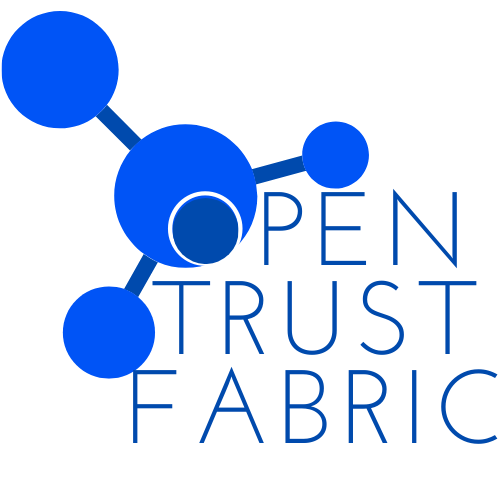While the benefits and opportunities of smart contracts are much talked about, the practical application of smart contracts is, as of today, more limited. In many instances, the challenge of being able to codify a contract remains a real challenge. Most real-life contracts cannot be fully expressed as algorithms; real contracts are inherently “incomplete” and are intended to have consequences beyond the ledgers.
But imagine, if you could blend diagrams, prose, code, and metadata together in a contract to get the benefits of each – automation where code is achievable, the descriptive nature of prose, and the ability to capture consistent data points with enhanced metadata. Such an approach would potentially unlock enhanced contract performance.
Where there is a strong rule of law, a digital contract does not need to be “complete” in the Hart and Holmström sense. It can, like conventional automated order systems, have elements that are expressed in code such that machines can automate the normal flow of the contract, while unanticipated and edge cases are handled by discussion among the parties, by allocation of decision to one party (based for instance on “ownership” as Hart describes) or by legal dispute resolution. This is how most electronic marketplaces, stock exchanges and web merchants work.
Through his work in 1997 and 2000 Ian Grigg proposed a contracting approach as a part of the Ricardo payment system which bridged between the prose of the legal world with the more systematic accountancy world using a cryptographic hash, the ‘Ricardian contract’. The approach combines an easy-to-read legal contract between the two or more parties with a machine-readable contract. In the context of Ian Grigg’s work, the Ricardian contract was primarily used in a financial services setting where perhaps transactions are relatively similar and repeatable with a heavy numerical context making them more easily codified.
Taking the Ricardian contract concept and extending and enhancing it to create contracts that blend visuals, prose, code, and metadata gives a route towards enhanced automation, efficiency, and lower contract value leakage for all parties. It is also a cornerstone for the modelling of the EU economy as an ecosystem of contracts.





